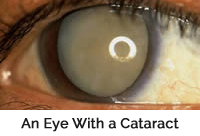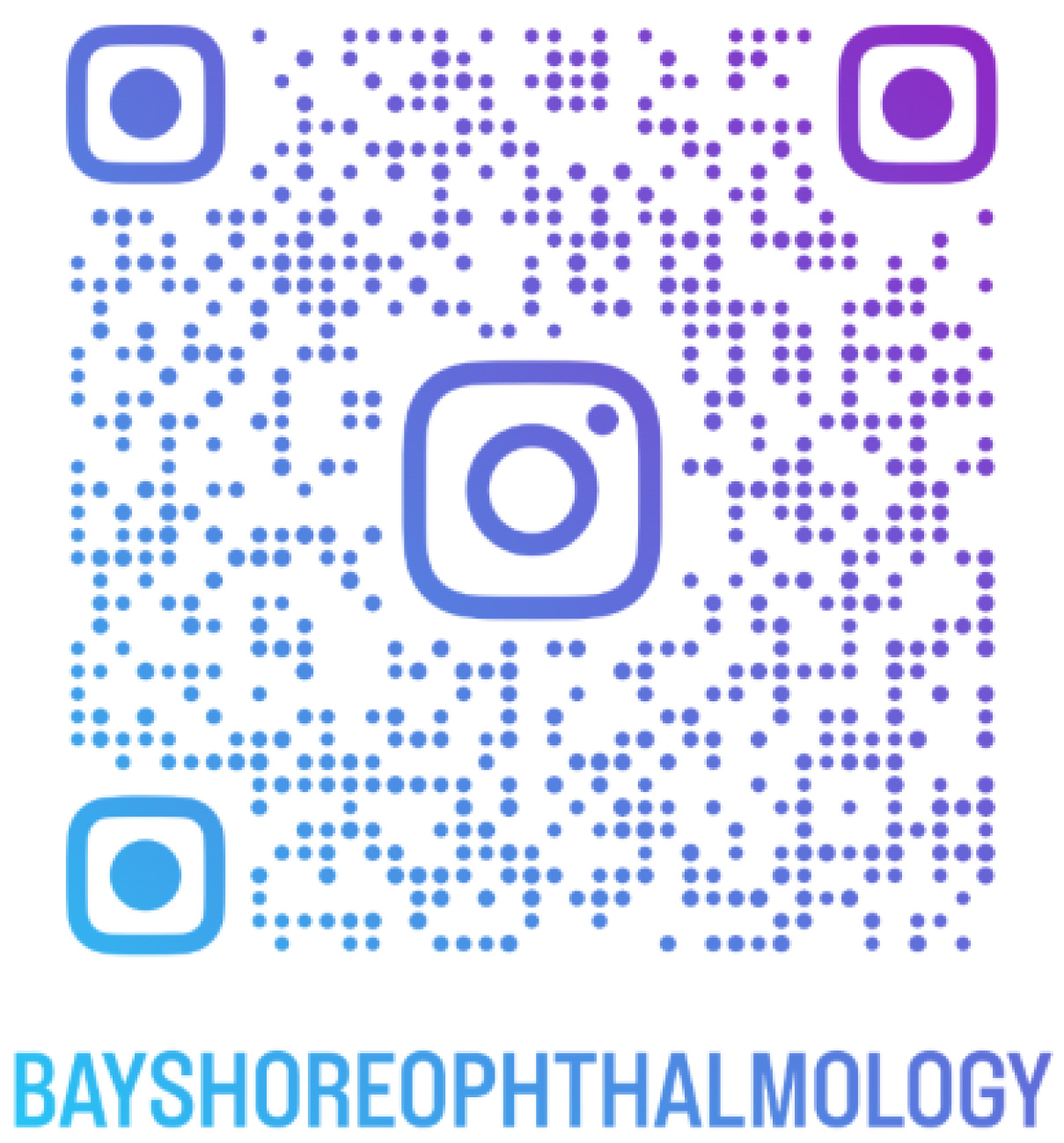 Many of the steps of cataract surgery that are traditionally performed using handheld instruments can now be completed using the precision of a laser.
Many of the steps of cataract surgery that are traditionally performed using handheld instruments can now be completed using the precision of a laser.
Using the femtosecond laser, your surgeon can provide you with a gentle, accurate and customized treatment.
Now, a technological breakthrough is available for use in cataract surgery. . When you choose to have your surgery performed with this femto-second laser, you’ll enjoy a truly innovative solution that allows for customization in cataract surgery. A bladeless, computer-controlled laser allows the surgeon to plan and perform your surgery to exact individualized specifications, not attainable with past cataract surgery methods.

Indication
The femtosecond laser is indicated for use in patients undergoing cataract surgery for the removal of the crystalline lens. Intended uses in cataract surgery include anterior capsulotomy, phacofragmentation, and the creation of single plane and multi-plane arc/cuts/incisions in the cornea, each of which may be performed either individually or consecutively during the same procedure.
Customization with 3D Imaging
Like a fingerprint, every eye has a unique size and shape. Prior to treatment, the laser images your eye and makes precise 3D maps of relevant structures. This enables your surgeon to create a tailored treatment plan that is uniquely customized for your eye.
Laser Precision
Your surgeon can use the femtosecond laser to create laser precise incisions, including a circular opening in the lens capsule to access and remove the cataract. This precise incision helps your surgeon place the new artificial lens where intended.
Gentle Approach
Your surgeon can use the laser to soften the hard cataract. Softening the lens with the femtosecond laser enables your surgeon to remove the cataract gently.
If you desire to see well without glasses or contacts after surgery, your surgeon may recommend a tailored treatment that could include precise femtosecond laser incisions in the cornea and a specific lens implant type.
Contraindications
The femtosecond laser should not be used if you are not a candidate for cataract surgery, have certain pre-existing corneal problems or eye implants; or if you are younger than 22 years of age. Tell your doctor about any eye-related conditions, injuries, or surgeries.
Lens Implant Types:
- Monofocal lens for vision at one distance
- Multifocal or accommodating lens for near, intermediate and far vision
- Toric lens for correcting astigmatism
Precautions
Patients must be able to lie flat on their backs and motionless during the procedure. Patients must be able to tolerate local or topical anesthesia. Tell your doctor if you are taking any medications such as alpha blockers (like Flomax to treat an enlarged prostate) as these medications may affect how the doctor does the cataract surgery.
Adverse Effects
Complications associated with the femtosecond laser include mild broken blood vessels or redness on the white part of your eye, which may last for a few weeks. Other potential risks associated with cataract surgery may occur. These risks may include but are not limited to corneal swelling and/or abrasion, lens capsular tear, infection, inflammation, eye discomfort, and reduced vision. Talk to your doctor regarding all the potential risks associated with these procedures.
What to Expect
Quick Treatment
Cataract surgery usually takes less than 30 minutes. The femtosecond portion of the treatment usually takes just a few minutes.
Normal Recovery
Most normal activities, except strenuous exercise, need not be restricted following cataract surgery. And your sight may continue to improve for several days or weeks after surgery.

